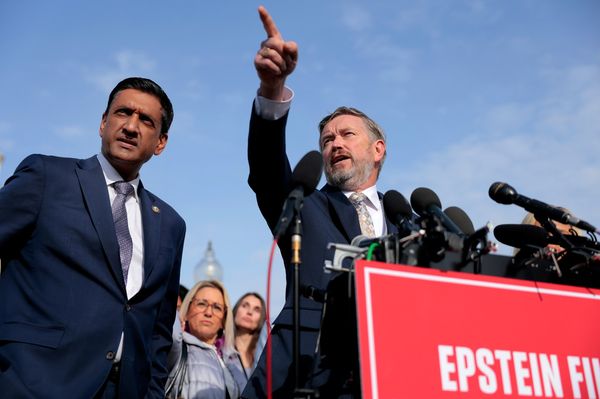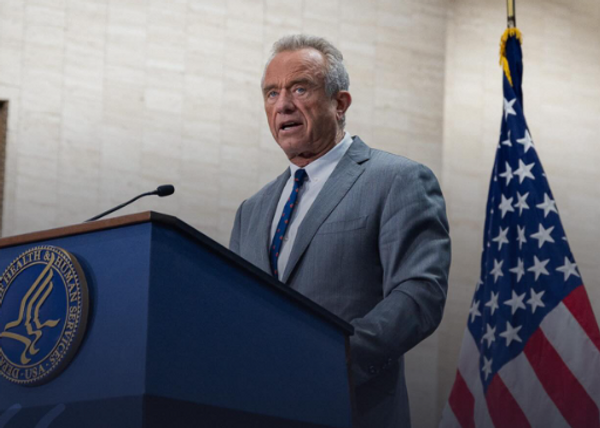
Count me among those who think All-Star games sometimes aren’t that fun to watch. Baseball’s Midsummer Classic is my favorite, but even that can become a slog to sit through. Until that is, we saw our first-ever swing-off to decide a tied All-Star Game.
This needs to happen every year.
All-Star games are about showcasing the best that each sport has to offer. In baseball, it’s a way of celebrating Major League Baseball’s youth movement, marked by athleticism that hasn’t been seen on the diamond in some time. Pitchers like Paul Skenes and Jacob Misiorowski routinely light up the radar gun. All of those things are fun. But there’s nothing like seeing the sluggers of the game display their power on a big stage. That’s what the swing-off is all about.
Why The Swing-Off Exists

In 2002, the All-Star Game ended in a tie after 11 innings when neither team had any more pitchers available to throw. The fan backlash resulted in a change to awarding the winner of the All-Star Game home-field advantage in the World Series that year. The move had good intentions. In theory, it would force managers to approach the game in a more competitive manner. In reality, the rule put way too much importance on what is an exhibition.
Major League Baseball had to look no further than hockey or soccer to find the answer. In those sports, a shootout decides the winner in a stalemate. You might think that you can’t do that in baseball. Think again. While the managers were both on the field announcing the three players each had chosen to compete, the field crew was setting up for what is essentially batting practice around the pitcher’s mound.
The rules are simple: each team selects three players, and each player gets three swings. The team with the most home runs wins.
We Dig The Long Ball

In a 1999 commercial, Greg Maddux declared that “chicks dig the long ball.” Everyone still digs the long ball today. That’s why the Home Run Derby is a popular event alongside the All-Star Game. The Swing-Off is a fantastic way of incorporating that into the game itself. After the American League mounted a furious comeback in the top of the 9th inning, we were headed to our first-ever Swing-Off.
We all would’ve liked to see Aaron Judge, Cal Raleigh, and Shohei Ohtani take part in the Swing-Off. However, managers chose players who were warmed up from being in the game at the end. Safety first. I’d argue that what happened instead was even better.
The National League East has intense rivalries. Yet, rival players from the Braves and Mets were celebrating when Phillies slugger Kyle Schwarber went 3-for-3 in the Swing-Off. Fans got to see Home Run Derby legend Pete Alonso as the third of the NL’s three hitters. A national audience was introduced to Kyle Stowers of the Marlins, who thought he was being pranked when manager Dave Roberts told him he was in the Swing-Off.
With only three swings apiece, the Swing-Off doesn’t take long. I’d be against it if we decided regular-season games this way. But in an event designed to showcase the best of the sport, we ended the 2025 All-Star Game with what fans love the most: the long ball.
The Atlanta crowd was hooked. Schwarber’s heroics had them cheering him—the only time you’ll ever see Kyle Schwarber being cheered in Atlanta. It also won Schwarber the All-Star Game MVP trophy, to the delight of every MLB The Show 25 Diamond Dynasty player. Schwarber is a fan favorite and will now have a 99-overall All-Star Game card.
“One good BP wins you a trophy these days,” Schwarber said after the game.
In reality, the fans were the biggest winners. That’s how it should be.







